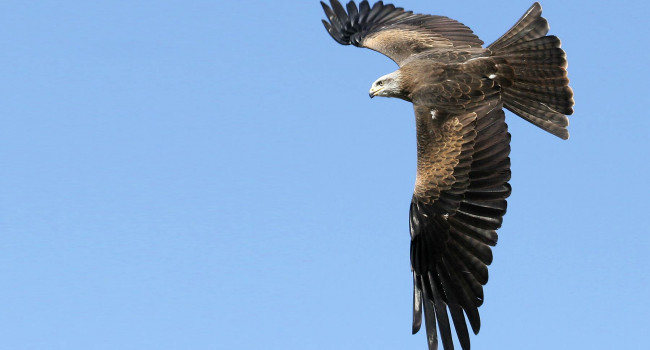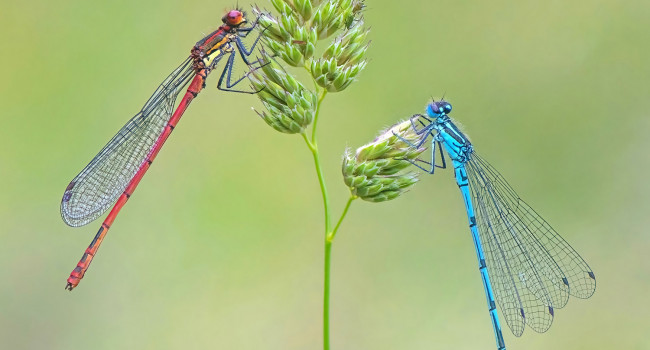Avian responses to climate extremes: insights into abundance curves and species sensitivity using the UK Breeding Bird Survey

Author(s): Tirozzi, P., Massimino, D. & Bani, L.
Published: January 2024
Journal: Oecologia Volume: 204
Digital Identifier No. (DOI): 10.1007/s00442-023-05504-9
Climate change poses a major threat to biodiversity, not only because of increasing temperatures, but also because of more frequent and more severe extreme weather, so we need to understand how species may be affected by this. The study looks at the effects of climate extremes on British bird populations and contributes to understanding how the impacts of climate change on biodiversity can be mitigated.
Climate change is one of the major threats to species conservation. Biological responses to climate change include shifts in species distribution, behavioural and physiological changes. However, many species will not be able to adapt and therefore their populations will decline and some may even become locally or globally extinct. Climate change is not just a smooth increase in temperature but it has many severe and diverse impacts on weather patterns. In particular, extreme weather conditions, such as heat waves, droughts, and storms, are becoming more severe and more common.
This collaborative study led by the University of Milano-Bicocca has looked at how British birds have responded to climate extremes so far, to understand the consequences for birds of more extreme weather in the future. The BTO/JNCC/RSPB Breeding Bird Survey (BBS) played a key role in this work, because the bird counts collected by BBS surveyors are incredibly useful in understanding how population change over time. The researchers looked at how the population of 100 resident species changed as a consequence of five indices of extreme climate: number of frost days, number of days with temperature higher than 25°C, daily temperature range, amount of precipitation per day in wet days, and number of dry days.
Results show that all 100 species were sensitive to at least one of the five indices of climate extreme. In particular, most species were negatively affected by winter frost days, summer days, and amount of precipitation per day in wet days. The response to the other two indices (number of dry days and daily temperature range) was more diversified, with both positive and negative effects depending on the species.







Share this page